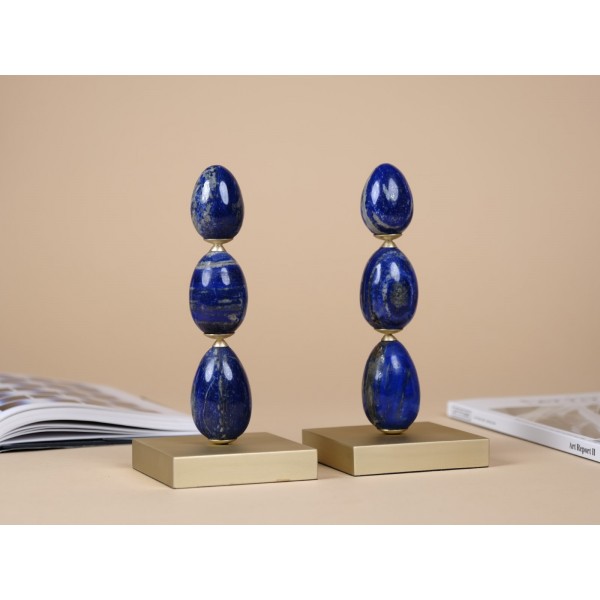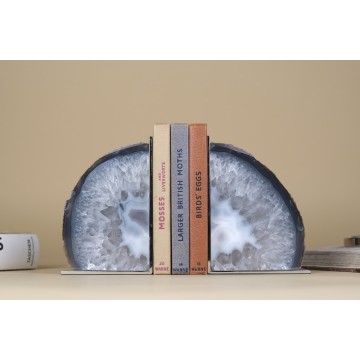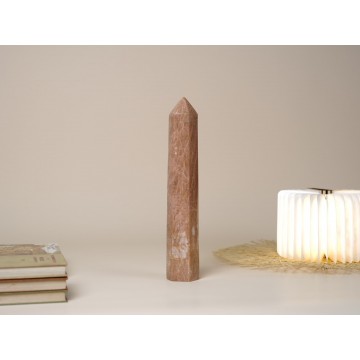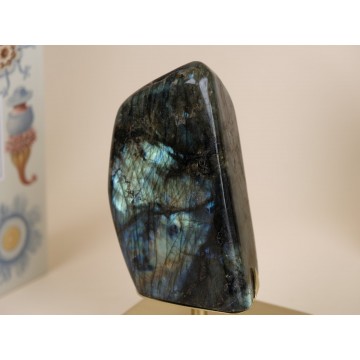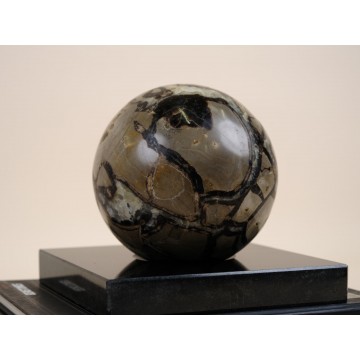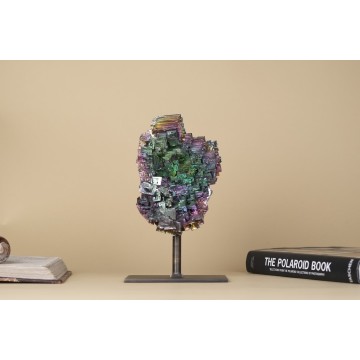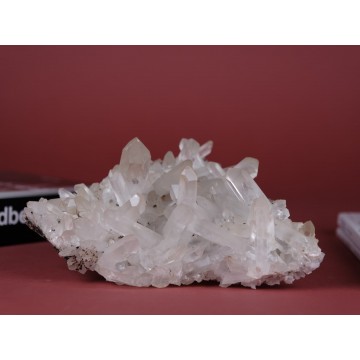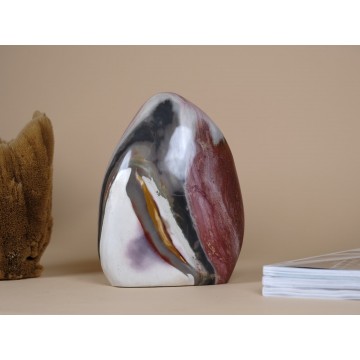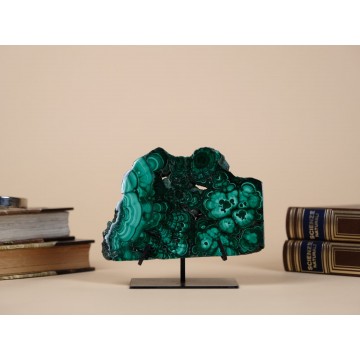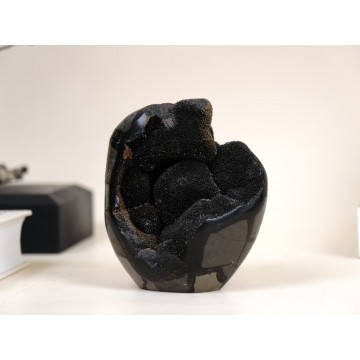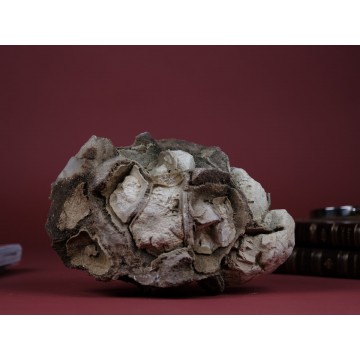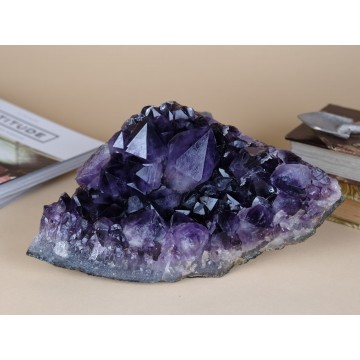Quartz crystal bowl
Handcrafted from the finest Ambolo quartz crystals mine from Vakinankaratra - Madagascar, this bowl is an embodiment of nature's artistry.
The quartz, with its ethereal clarity and inner brilliance, captures the essence of Madagascar's geological marvels. Polished into a bowl's shape, reminiscent of an inverted bell, showcases the crystal's innate geometry, a testament to the uniqueness of its origins, of Madagascar's geological history, inviting you to explore its mesmerizing depths.
Beyond its aesthetic, this Quartz Crystal Bowl creates an ambiance of tranquility and harmony, which also helps on meditation, healing, and spiritual exploration.
It's a tangible connection to the natural wonders of Madagascar, a piece of the Earth's history, ready to enrich your life with its beauty and transformative energy.

